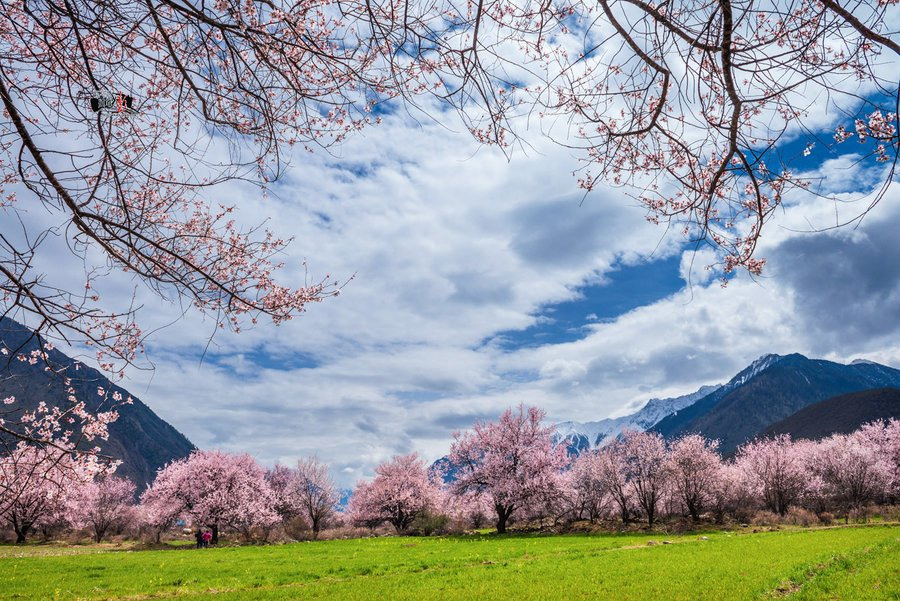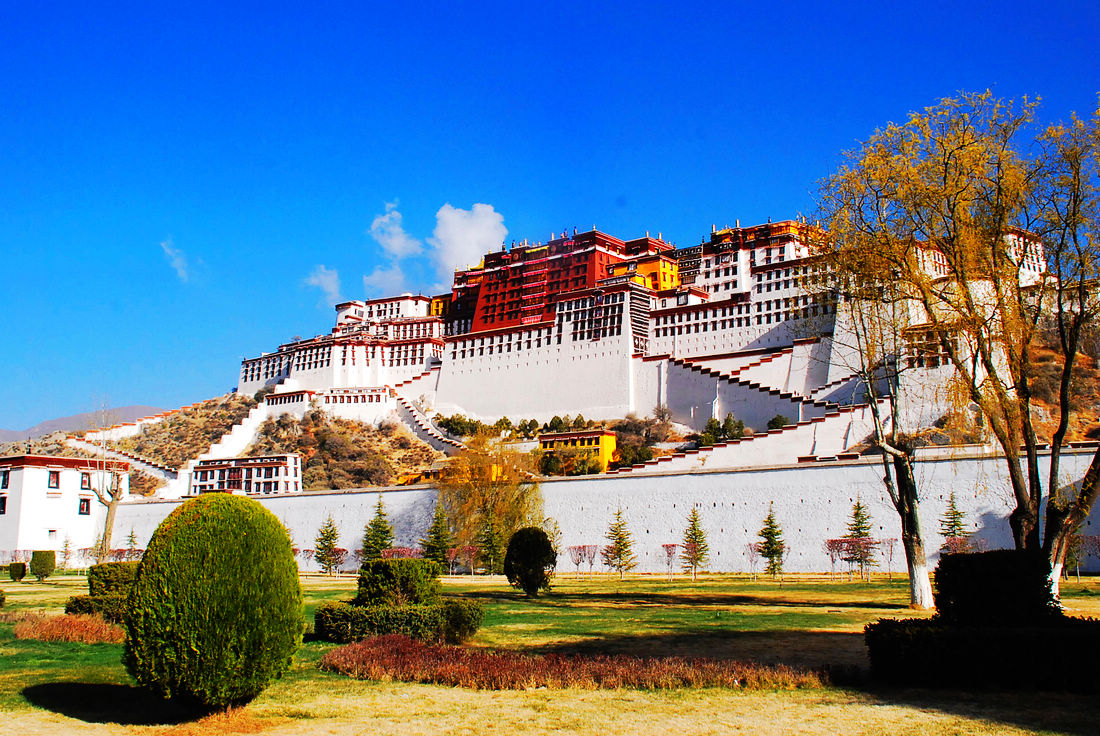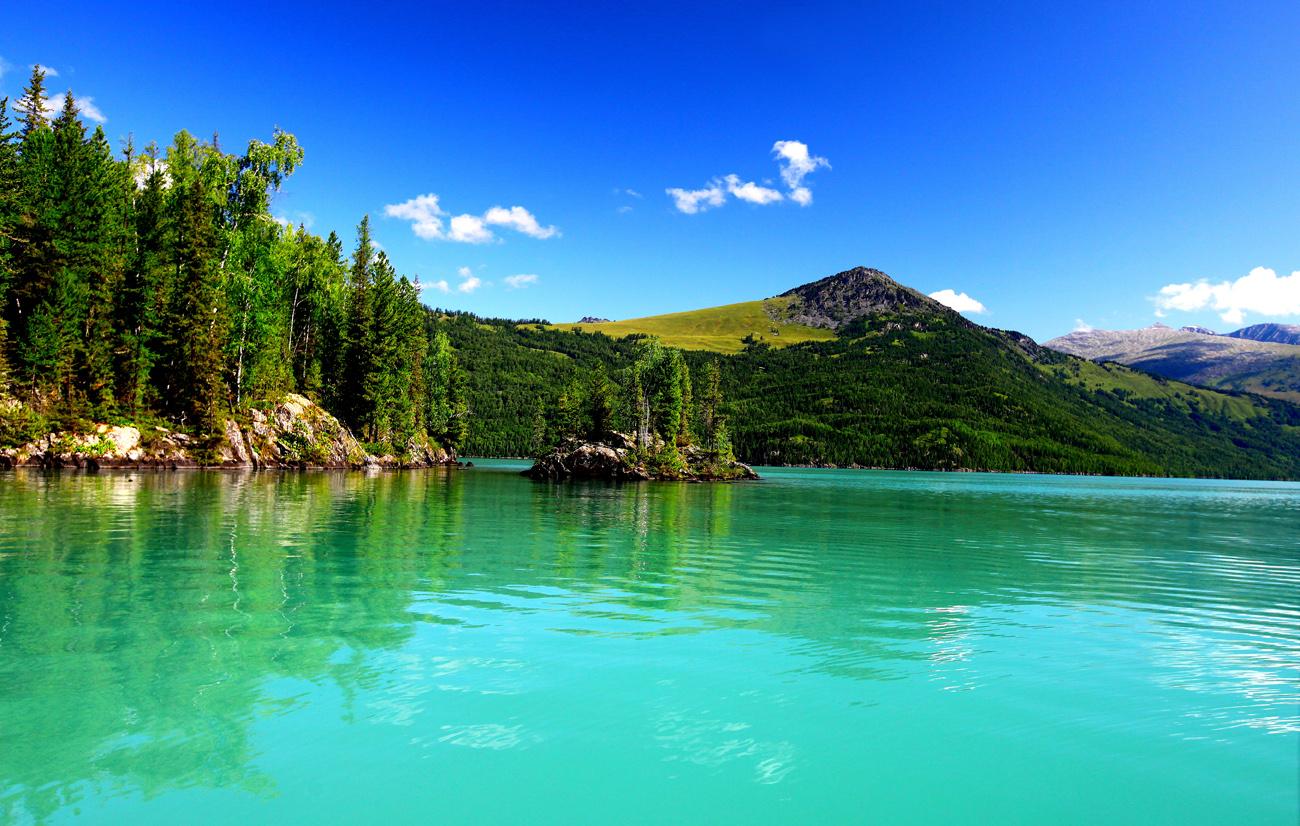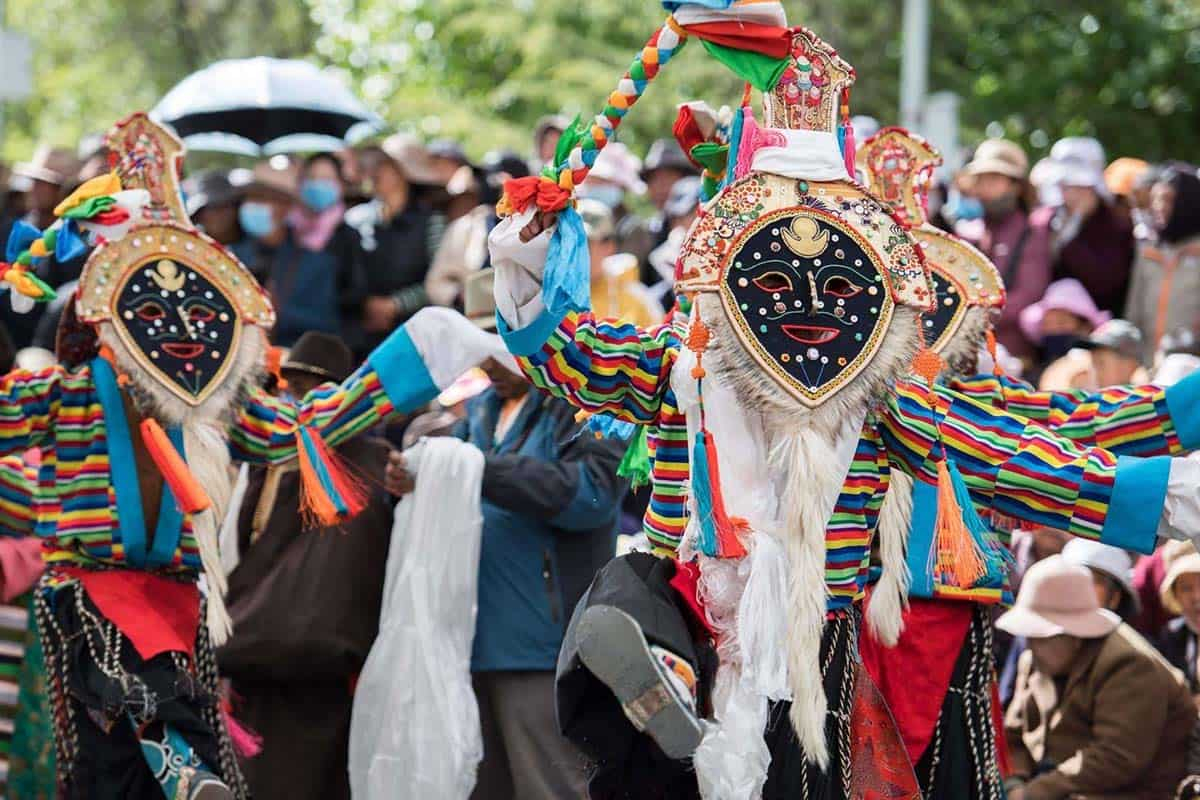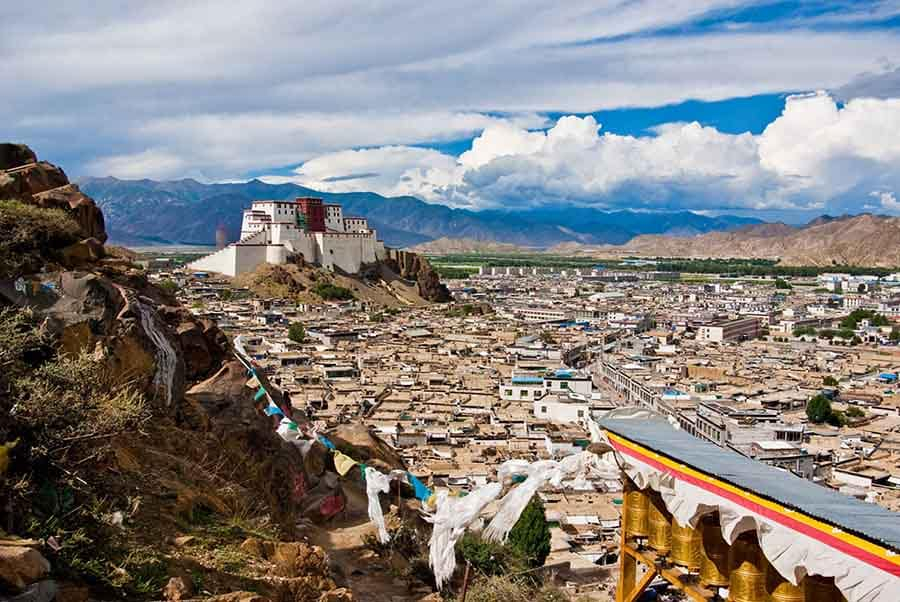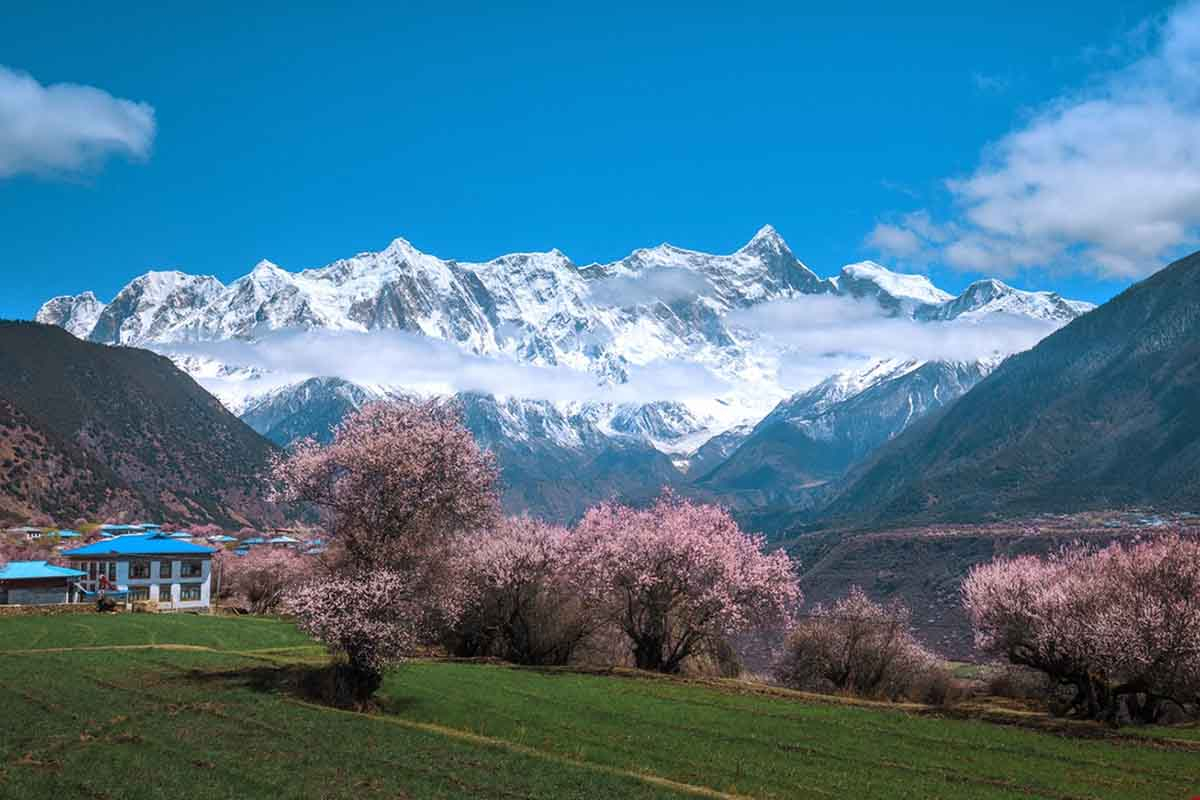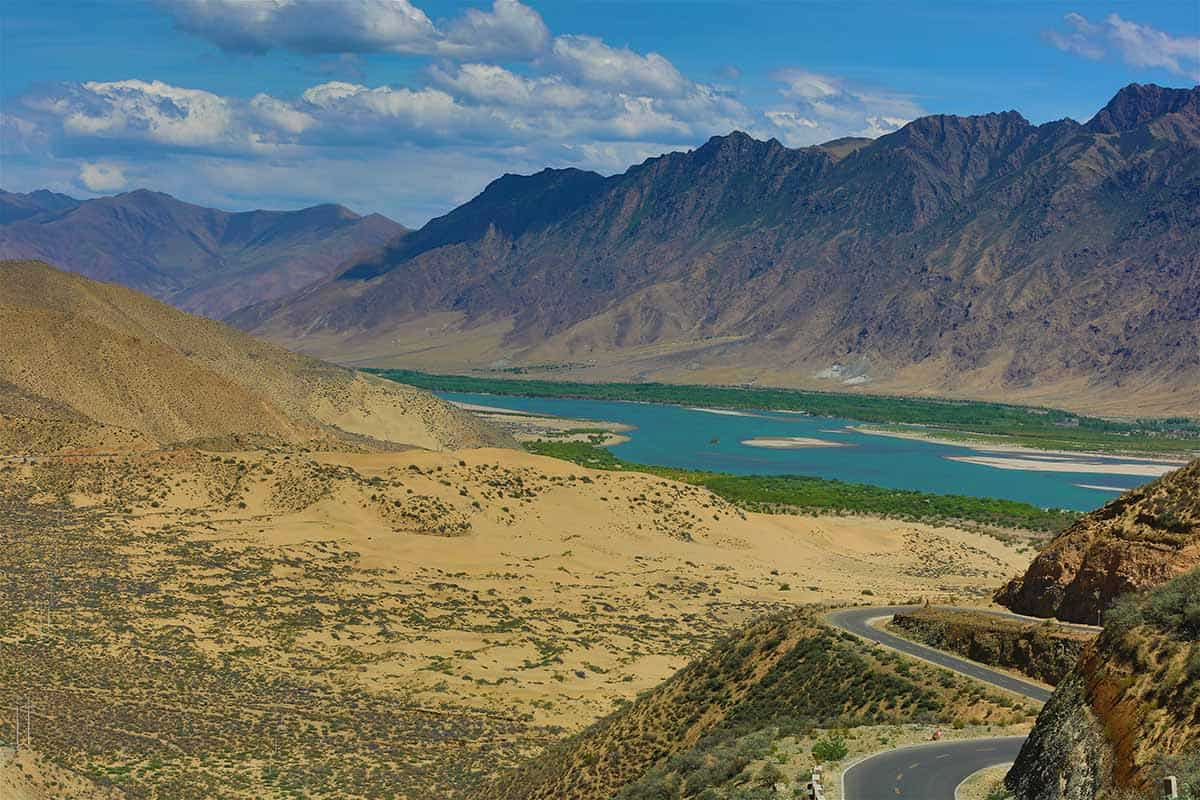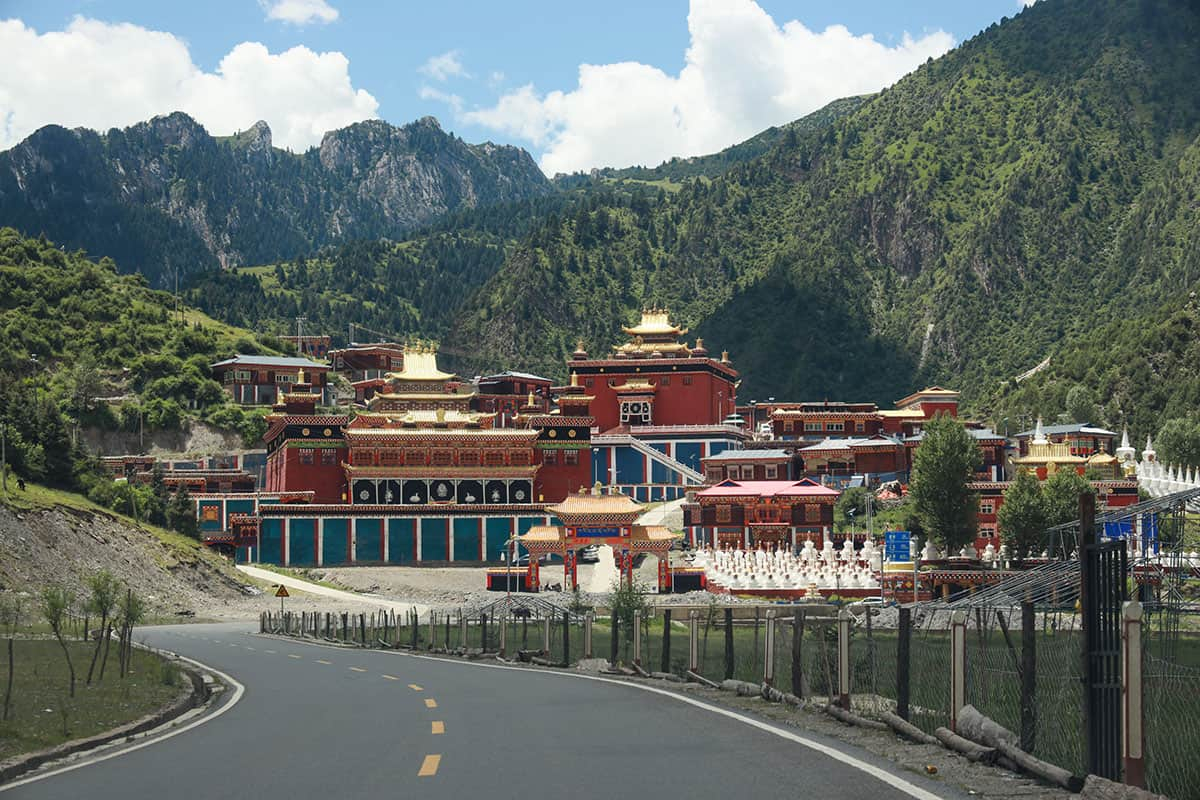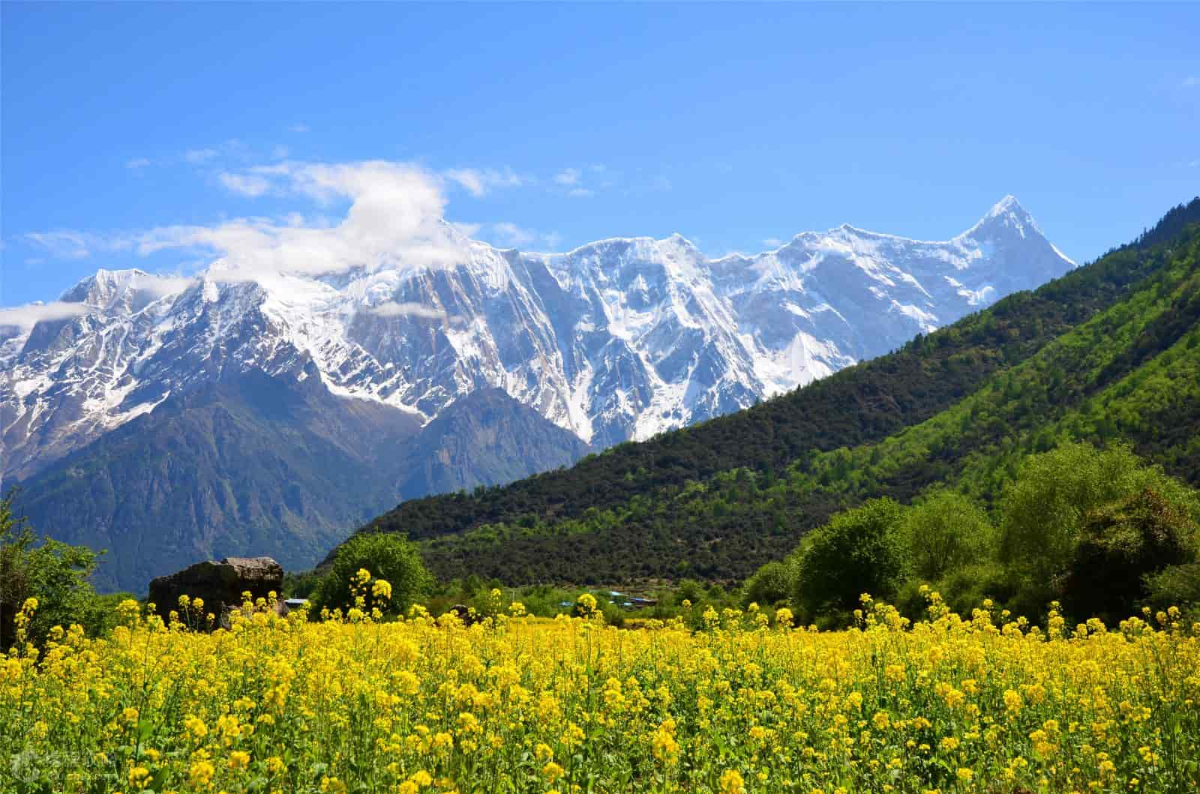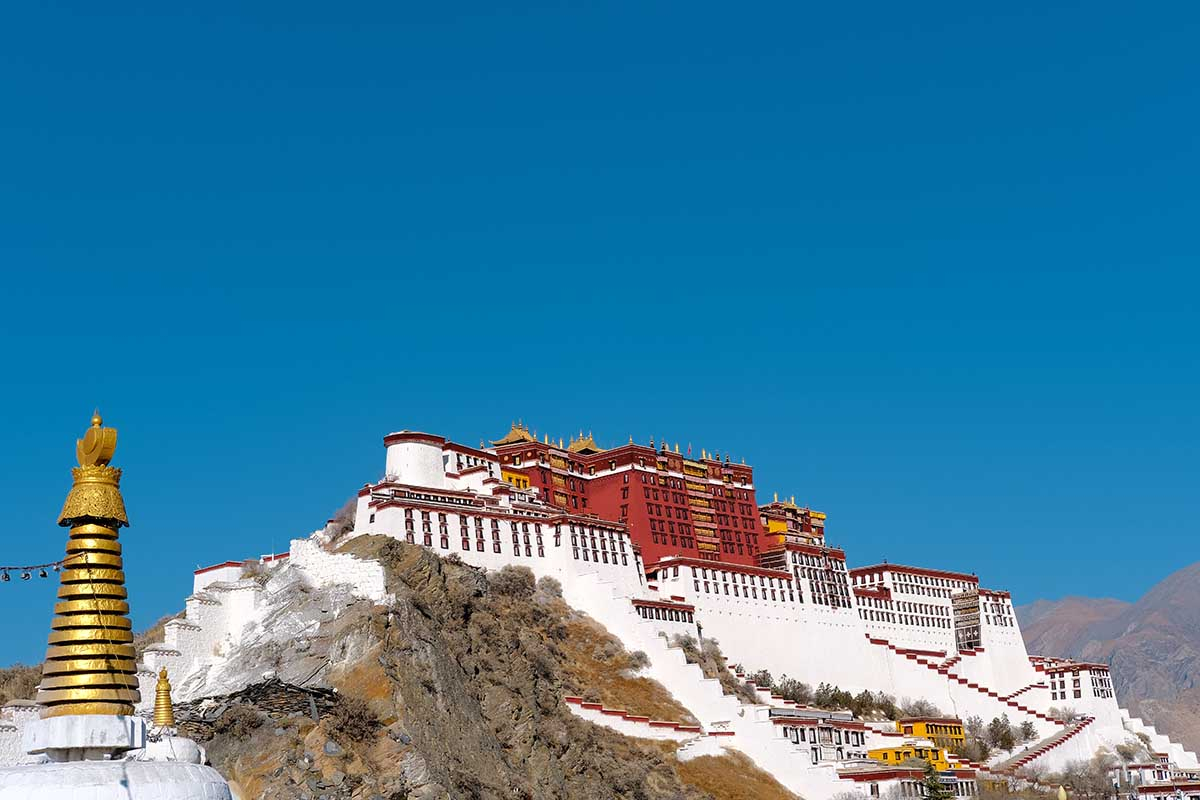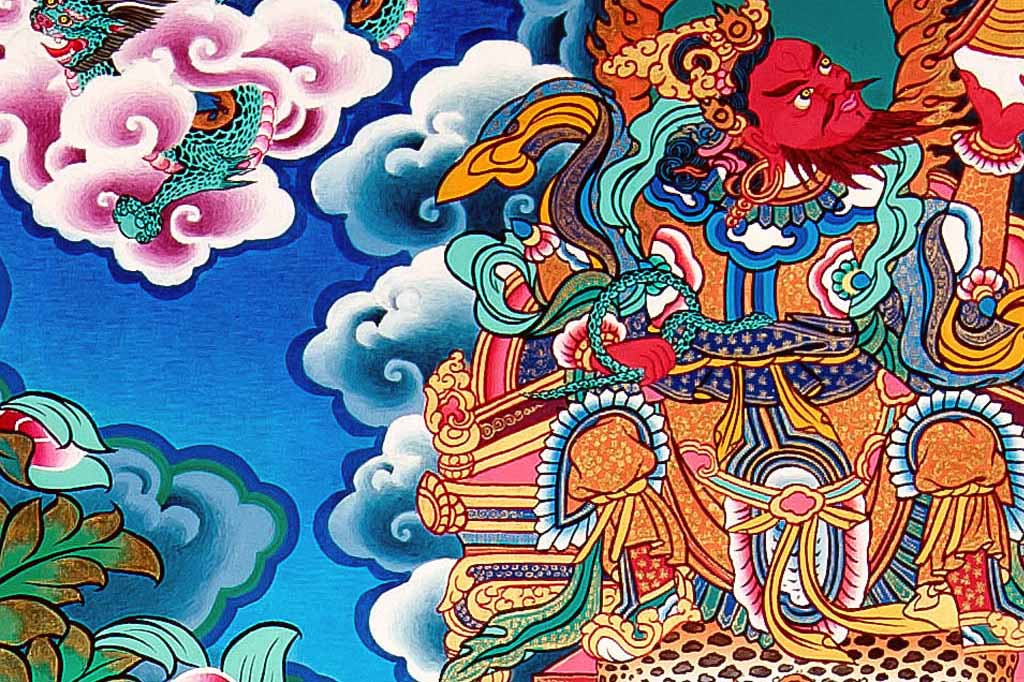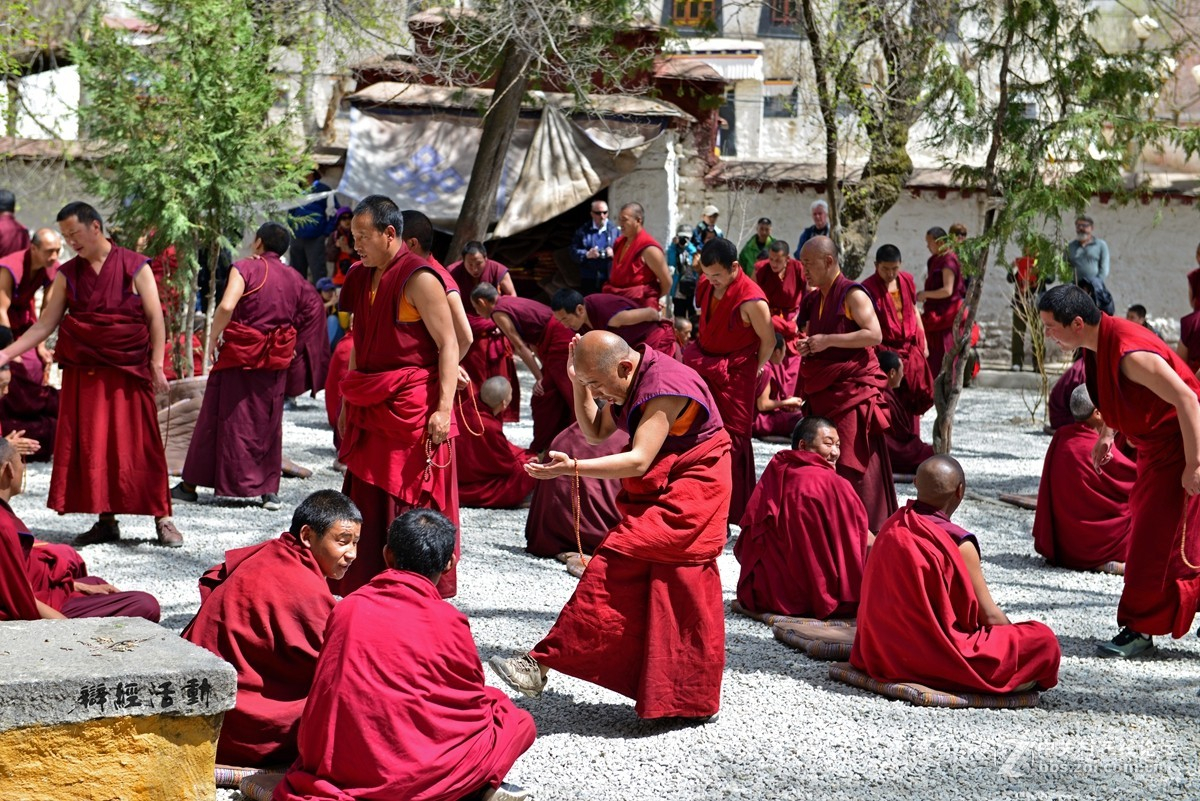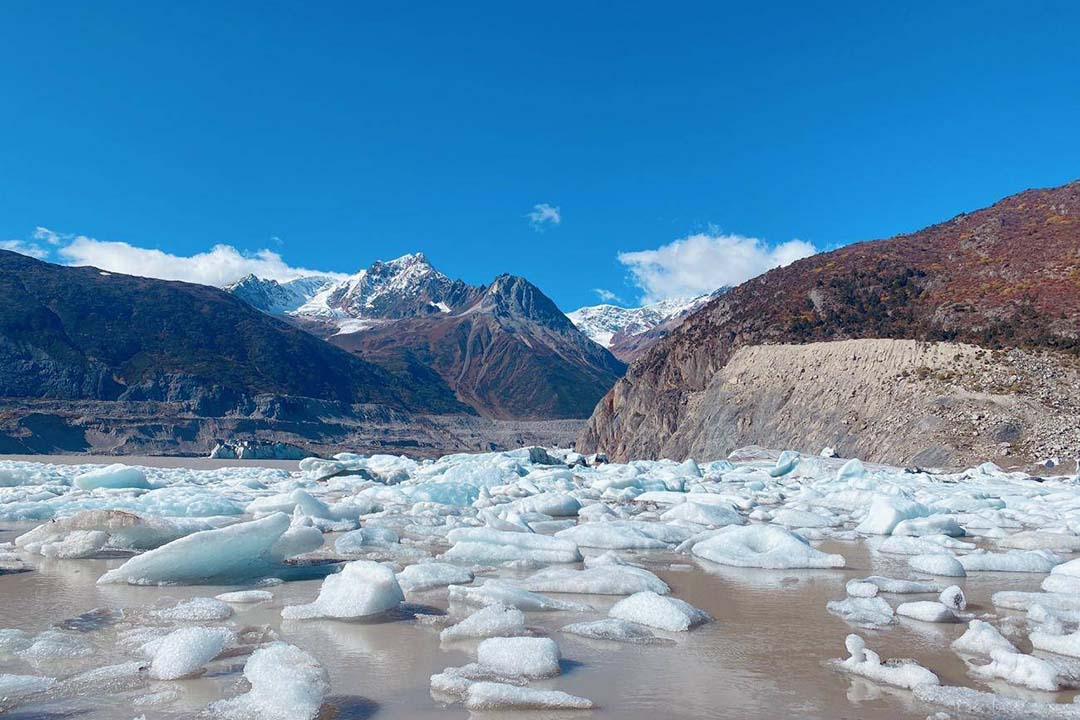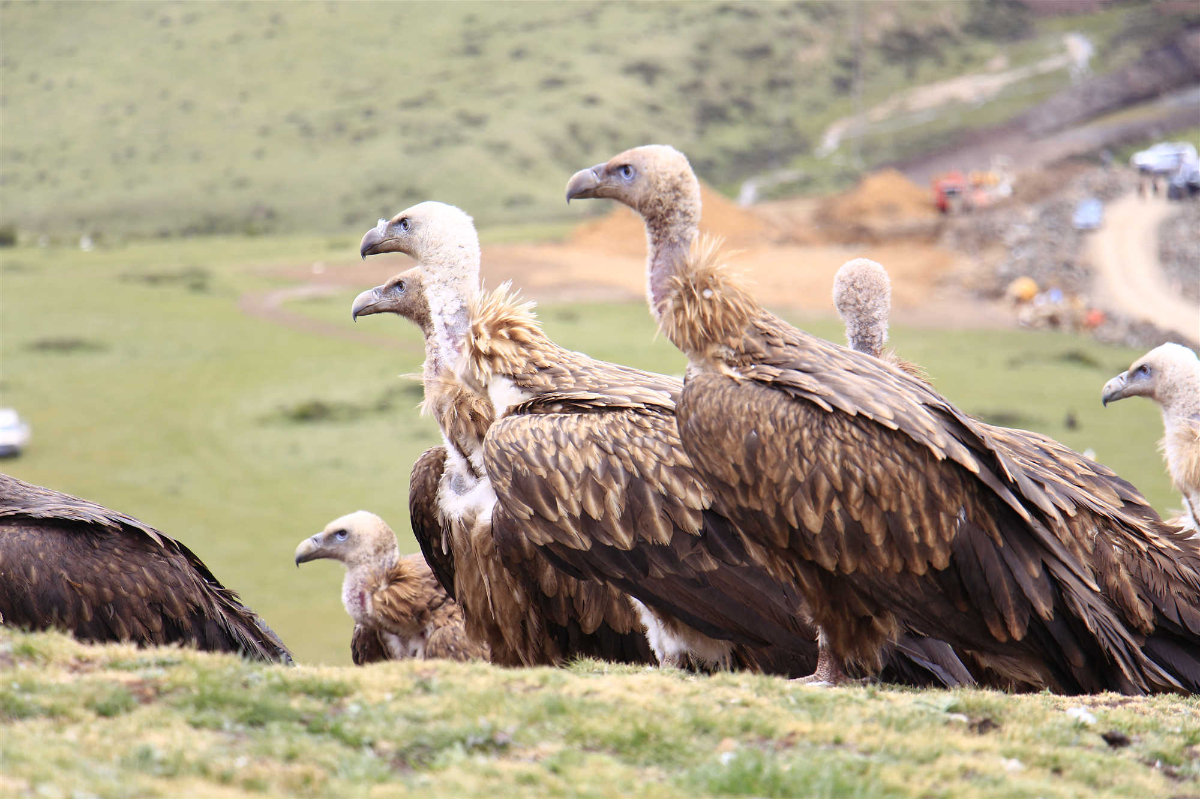Buddhist Art: Tibetan Thangka Paintings
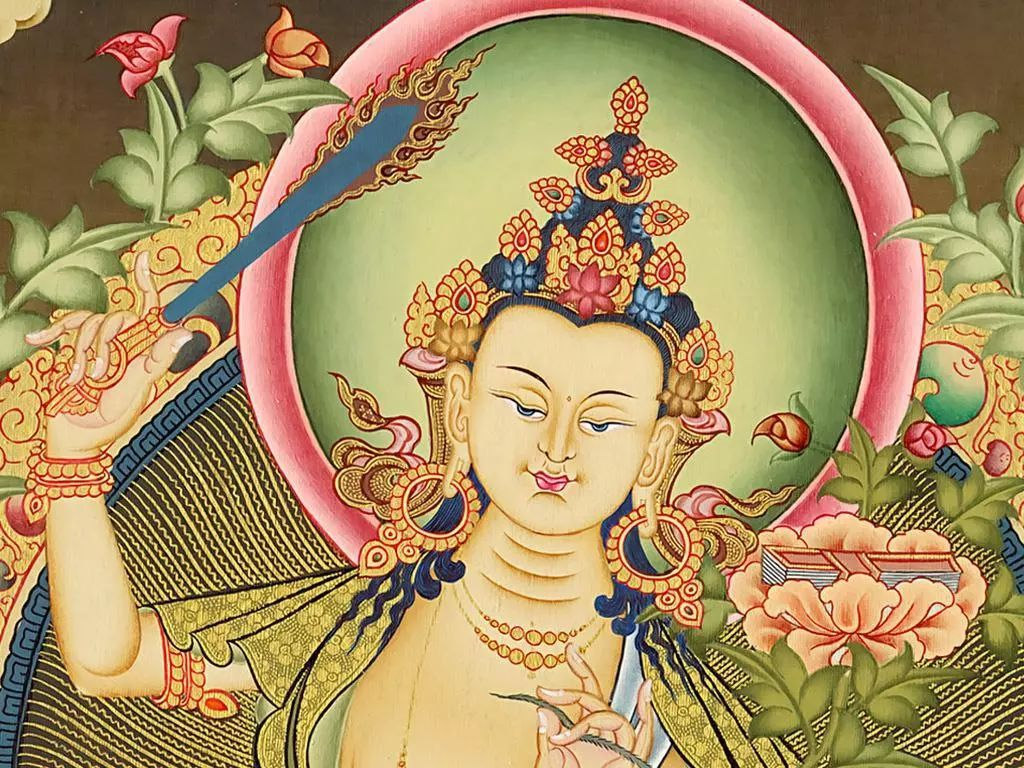
A Thangka is a scroll painting used for worship in Tibetan Buddhism. As a scroll painting and a work of art, the Thangka is always appealing. In fact, it would readily tantalize your eyes with its brilliant colors and elaborate scenes.
As a form of art and religious symbol, it is basically unique to Tibetan Buddhism for it is not just a religious symbol. It also tells something about the unique history, culture, policies, social life, practices, and many other aspects of the lives of the Tibetan people.
Thangka serve as important teaching tools depicting the life of the Buddha, various influential lamas and other deities and bodhisattvas. One subject is The Wheel of Life (Bhavachakra), which is a visual representation of the Abhidharma teachings (Art of Enlightenment). The term may sometimes be used of works in other media than painting, including reliefs in metal and woodblock prints. Today printed reproductions at poster size of painted thangka are commonly used for devotional as well as decorative purposes. Many tangkas were produced in sets, though they have often subsequently become separated.
Thangka perform several different functions. Images of deities can be used as teaching tools when depicting the life (or lives) of the Buddha, describing historical events concerning important Lamas, or retelling myths associated with other deities. Devotional images act as the centerpiece during a ritual or ceremony and are often used as mediums through which one can offer prayers or make requests. Overall, and perhaps most importantly, religious art is used as a meditation tool to help bring one further down the path to enlightenment. The Buddhist Vajrayana practitioner uses a thanka image of their yidam, or meditation deity, as a guide, by visualizing "themselves as being that deity, thereby internalizing the Buddha qualities"tangkas hang on or beside altars, and may be hung in the bedrooms or offices of monks and other devotees.
Tibetan Buddhist painting developed from widespread traditions of early Buddhist paintings which now only survive in a few sites such as the Ajanta Caves in India and the Mogao Caves on the Silk Road, which has very extensive wall-paintings and was the repository for what are now the earliest surviving Tibetan paintings on cloth. The thanka form developed alongside the tradition of Tibetan Buddhist wall paintings, which are or were mostly in monasteries.
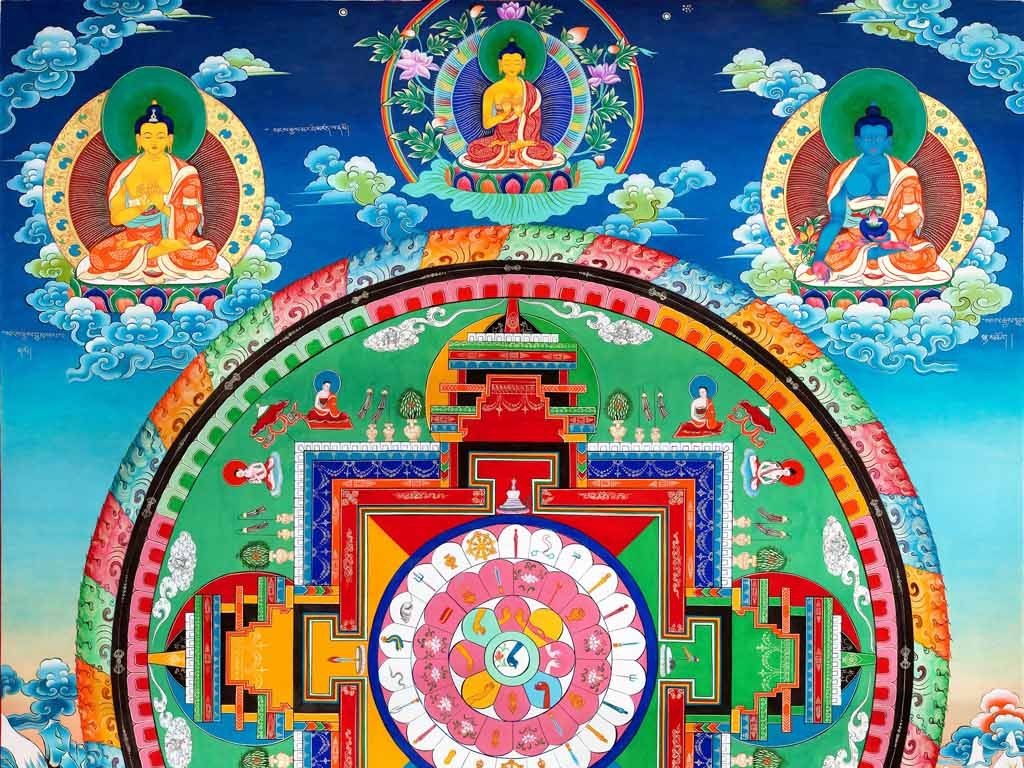
● The History of Thangka
The early history of the form is more easily traced through these murals.The earliest survivals of Tibetan paintings on cloth are in some pieces from the Mogao Caves at Dunhuang on the Silk Road, in Gansu province, China. The "Library Cave" there was a repository of old or worn out manuscripts, paintings, prints, textiles and other items which was sealed off in the 11th century, after several centuries of deposits. Many of the paintings have Tibetan inscriptions or are in a style that can be recognized as Tibetan, as opposed to the dominant Han Chinese style and some pieces reflecting Indian styles. Though they are hard to date, it is thought that these pieces mainly come from a period c. 781–848 during Tang Dynasty rule.
Surviving tangkas on cloth certainly from Tibet itself start in the 11th century, after the revival of Buddhism; there are some 20 surviving from this and the 12th century. Such early examples typically have compositions that are already complex, but less so than in later examples. As later the typical compositions shows a central figure flanked by smaller other figures, often in framed compartments, or surrounded by flaming halos or seated on small clouds. Behind these figures a landscape background including much sky is often indicated, though little of it may be visible. The central figure may be a deity, and arhat, or an important monk, and the same groups make up the background figures. Several of the figures may be different "aspects" or reincarnations of each other according to Buddhist theology. In the example at left the flanking bodhisattvas are in a style, one of several found in such figures in this period, that appears derived from central Indian art.
Over the following centuries Tibetan painting, both on walls and thangka, continued to develop in its distinctive style, balancing between the two major influences of Indo-Nepalese and Han Chinese painting, despite Buddhism being on the general decline in these regions. Styles could vary considerably between the different regions of Tibet as well as the wider region where tangkas were painted. Within Tibet the regions nearer Nepal and the rest of China were often more influenced by regional styles. Bhutanese tangkas were mainly influenced by Central Tibet. The different monastic orders also developed somewhat different stylistic characters.
Tibetan painting incorporated many elements from Han Chinese painting, especially from the 14th century onwards, reaching a peak in the 18th century. One aspect of this was allowing more space and emphasis to the landscape background. In general the style of figures in thangka remains derived from the Indo-Nepalese tradition. According to Giuseppe Tucci, by the time of the Qing dynasty, "a new Tibetan art was then developed, which in a certain sense was a provincial echo of the Chinese 18th century's smooth ornate preciosity."[12] Since the Yuan dynasty, Tibet was administered as a part of China, but when the Qing dynasty came to power court interest in Tibetan Buddhism increased, and many refined and elegant works were produced by Imperial artists and sent to Tibet, influencing local styles. As well as the court style, there was influence from the regions of China near Tibet.
Tangkas were painted in all the areas where Tibetan Buddhism flourished, which apart from those mentioned already included Mongolia, Ladakh, Sikkim, and parts of Himalayan India in Arunachal Pradesh, Dharamshala, and Lahaul and Spiti district in Himachal Pradesh. It is also practiced in parts of Russia (Kalmykia, Buryatia, and Tuva) and Northeast China.
Other traditions of Buddhist scroll paintings are not usually covered by the term thangka, although they may have many similarities, and descend from the same origins. An example is Japanese painting, where a number of very early examples survive from the Nara (710-794) and Heian periods (794 to 1185). Most of these are National Treasures of Japan. Raigō-zu developed as one popular genre, showing the Amida Buddha accompanied by bodhisattvas welcoming the souls of the faithful to his Western Paradise. These were, and still are, carried into the house of a person who was near death.
You Might Like
- HOTEST
- RECOMMEND
